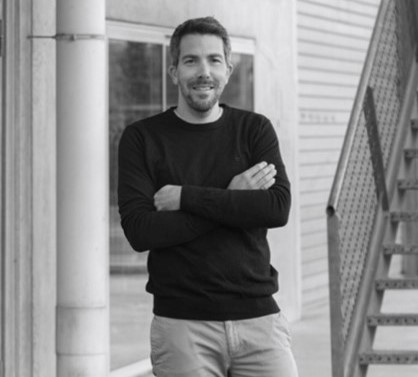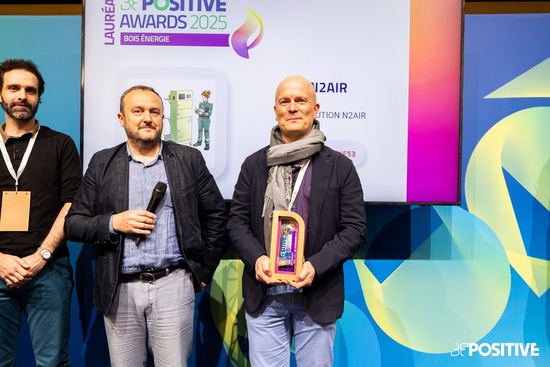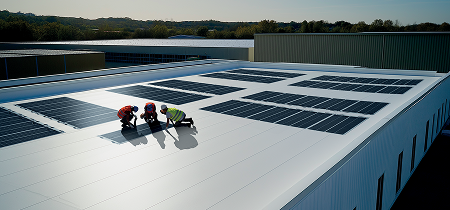Subject file #2 Decarbonising buildings - Section 3: "Making building an un-siloed action is essential"


® Sabine Serrad
With RE 2020 and the major challenges of decarbonisation, the building sector is experiencing a transformation that impacts the entire value chain, requiring innovative methods and approaches. From the Les Grands Ateliers “bâtiment-outil” (an interoperable, interdisciplinary, construction training and education building) in Villefontaine, near Lyon, Maxime Bonnevie, General Manager and architect shares his insights on the advancements he is witnessing and encourages.
What is the mission of Les Grands Ateliers?
This facility, created by architecture, engineering and art school professors, enables students to experiment on a true-to-life scale, test practices, and touch the material so that they can understand what is involved in the design and construction phases.
We accommodate architecture and engineering schools for workshops. We organise training courses for professionals on bio-sourced, geo-sourced and reused materials. We also offer prototyping services for research projects, and we work to promote environmentally friendly production channels.

® Sabine Serrad
How are future architects coming to grips with the constraints of RE 2020 and climate change?
Architecture is a profession of general interest, with a social, societal, and environmental dimension. Faced with the stress of current climate issues, our students are searching for meaning. They are deeply committed.
Architects are eager to learn techniques that will change the way we build, by integrating emerging non-industrialised or semi-industrialised materials. They want to learn through practice. Touching the material is a powerful pedagogical vector for communicating all the issues associated with “new old materials”.
How should they approach the act of building?
The building sector is highly siloed, with little understanding of the know-how of the various stakeholders involved. Collaborating is difficult. We need to encourage this removal of divisions by promoting experimentation on a true-to-life scale and with a diversity of techniques. To achieve this, we ensure that communities are intermixed. We often receive an architecture school, Compagnons du Devoir, and professionals at the same time side by side.
What are the current limits and how can they be overcome?
The limits of the energy transition are mainly normative and insurance related. To ensure that bio- and geo-sourced materials are used intelligently, we need to promote local production and choose raw or minimally processed materials. But their characteristics depend on the region, and standardisation is complicated.
The industry also needed to get organised, ensure that there were enough materials, and that companies were trained and of an adequate size to address large-scale operations. There is a ripple effect. In 10 years, it has become much more structured.
Another obstacle is the need to train not only architects, but also awarding authorities, contractors and all those involved in the industry.
The overall picture is encouraging. Awareness is increasing. Everyone wants to build differently, to give meaning to practices and to respect resources.
In practical terms, how do you support professionals in this transition?
All our training courses are part of this dynamic and are intended for all types of communities: apprentices in technical high schools, higher education students, and professionals looking to make advances. We also integrate the renovation dimension, which is essential because France has a very large stock of buildings to be renovated. Last but not least, our initiatives to promote the value of our sectors, such as the world architecture TerraFibra Award, play a distinct role in encouraging committed stakeholders to build buildings that are different.

® Florian Monot





